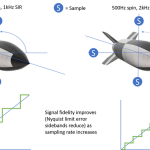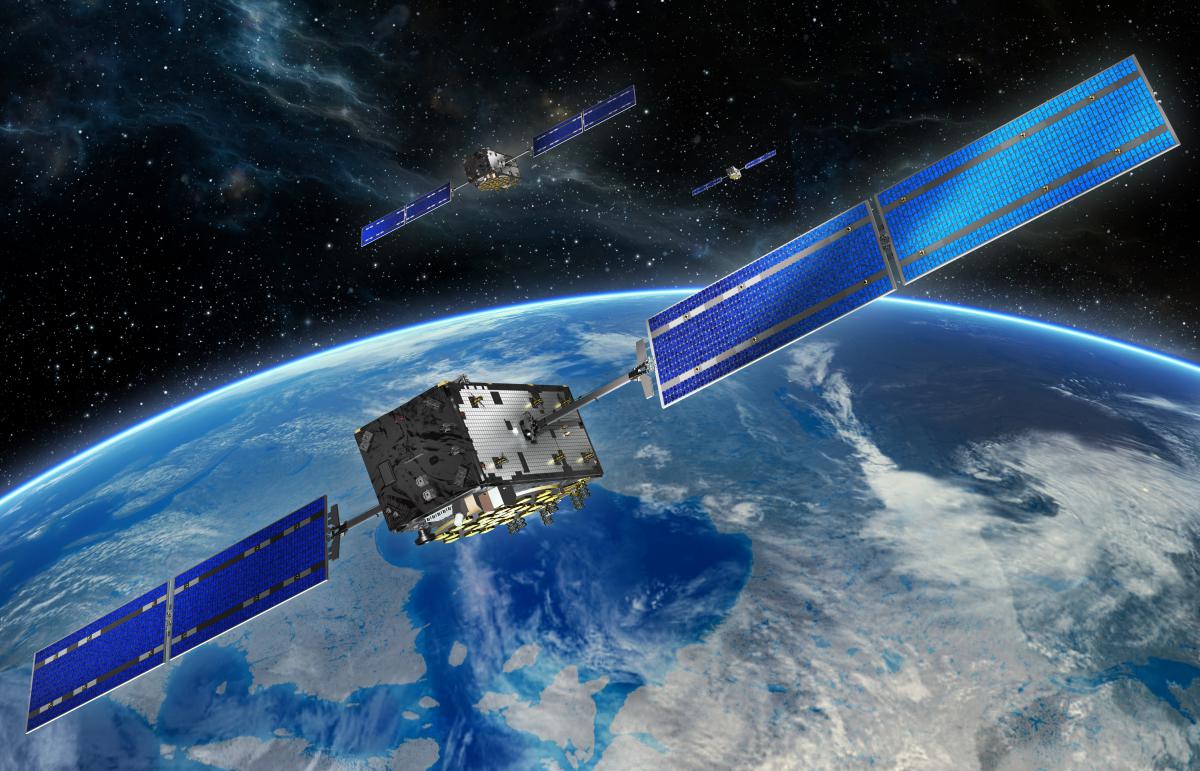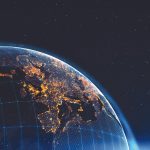Rapidly changing motion means that every aspect of positioning must be carefully re-examined and re-evaluated to avoid costly and dangerous positioning errors. The frequent changes in heading, acceleration and deceleration inherent in rockets, missiles, jet planes, race cars and other platforms — up to 100 times per second! — dictate a very high rate of data inputs from both inertial and GNSS sensors to capture the complex trajectory.
Not only that, the data once processed must have an extremely low latency. It must be “in hand” for the rest of the system to use before the information is stale. And it must be continuous — no gaps.
These are only the biggest of many concerns in tracking at high speed, which occurs frequently in safety-critical or mission-critical circumstances.
Join us for a free webinar, “Positioning While Highly Dynamic,” Wednesday, December 15, 2021, 1:00 PM – 2:30 PM EST.
REGISTER NOW
GNSS + inertial make an ideal sensor combination for high dynamics, but every detail must be carefully accounted for in these extremely challenging environments. Three expert engineers take us inside the requirements and how they are met in real-world applications, including some of the mistakes that are made in not getting the right results.
The panelists:
 Sandy Kennedy, Vice President of Innovation, Hexagon
Sandy Kennedy, Vice President of Innovation, Hexagon
Sandy Kennedy is vice president of innovation at Hexagon’s Autonomy and Positioning division. She is responsible for directing applied research activities to support the vision of: Autonomy and Positioning – Assured. Drawn to the University of Calgary for its geomatics engineering program (and proximity to good ski hills), she completed both her B.Sc. and M.Sc. degrees there, in 2000 and 2002 respectively. She has spent a fascinating 17 years in R&D at NovAtel and A&P, developing leading edge positioning technology and working with a diverse, global customer base. Her experience includes GNSS/INS integrated systems, GNSS receiver design with an emphasis on both precision and resilience, and precise multi-frequency multi-constellation positioning.
 Ken Milnes, Consultant at Milnes Engineering
Ken Milnes, Consultant at Milnes Engineering
Ken Milnes graduated from the University of California at Berkeley with a Bachelor of Science in Electrical Engineering and Computer Science. He has had a long career in vehicle navigation and television broadcast engineering. As the systems engineer for the NASCAR RaceFX system, he introduced RTK GNSS and inertial navigation systems into competitive racing to provide accurate location and attitude for use in augmented reality broadcast television graphics. He also applied inertial navigation technology to Americas Cup sailboats and helicopters to create augmented reality graphics for television broadcast. Mr. Milnes holds over 15 patents and was the recipient of two George Wenzel Emmy awards for technical achievement.
 Bryan Leedham, Product Manager – Enclosures and Post Processing Software, Hexagon | NovAtel
Bryan Leedham, Product Manager – Enclosures and Post Processing Software, Hexagon | NovAtel
Bryan Leedham is the Product Manager of Enclosures and Post-Processing Software at Hexagon | NovAtel, including the renowned SPAN GNSS+INS sensor fusion technology. Bryan joined NovAtel in 2012 after graduating from the University of Calgary with a B.Sc in Geomatics Engineering, and has held a number of roles from Product Verification to an Automotive Technical Lead in the Applications Engineering support team. His focus is maximizing customer success when integrating GNSS and INS positioning technologies into myriad applications around the globe, with years of hands-on experience in the field and particular expertise in the automotive and autonomy space.
Unable to attend the live webinar on December 15?
REGISTER TODAY and you will receive an invitation to view on-demand at your convenience.






